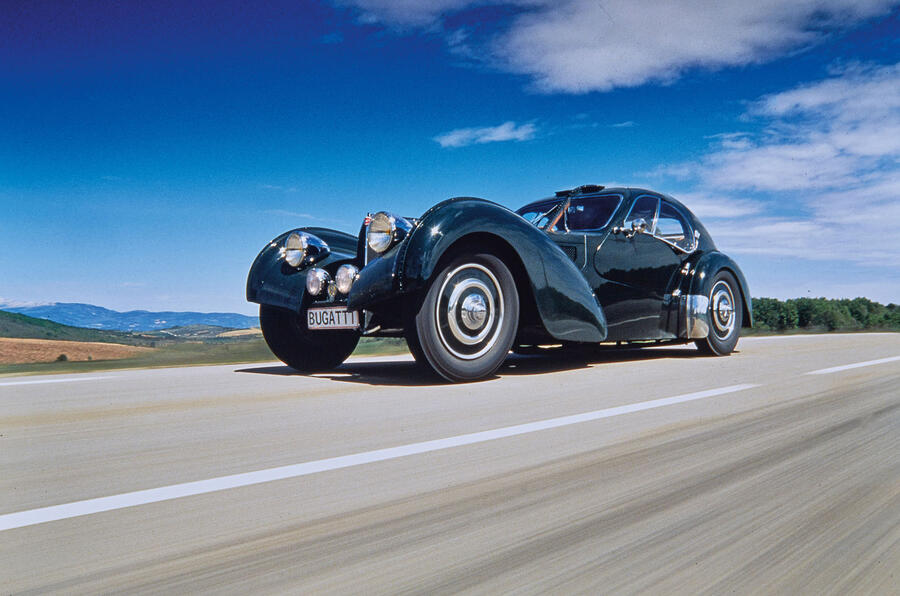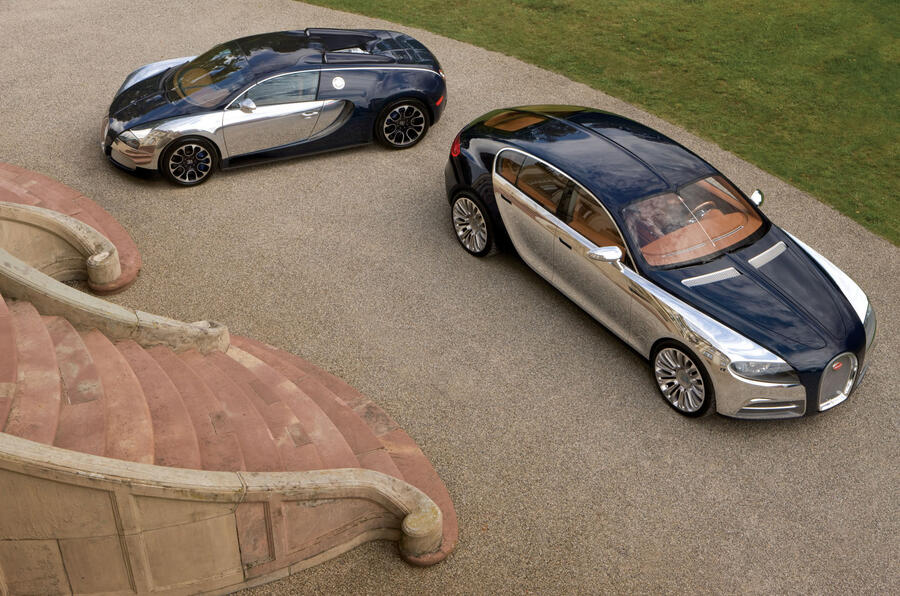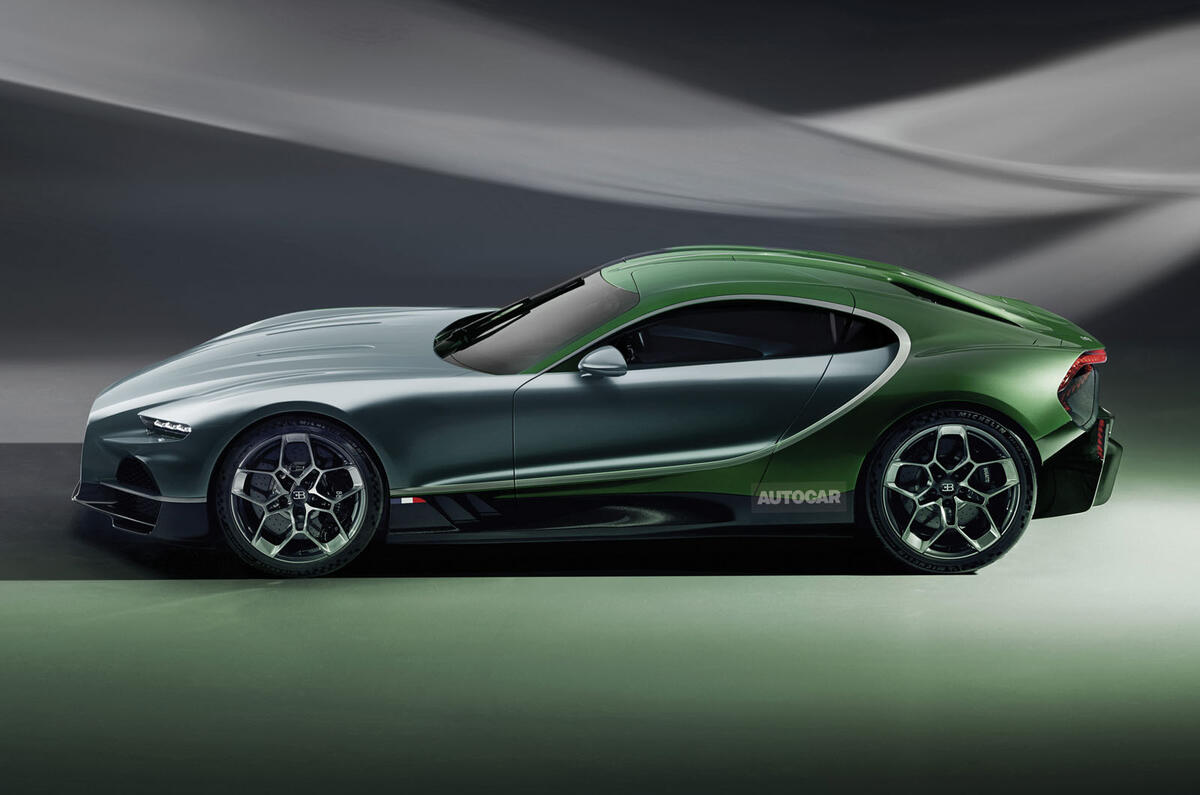With the Bugatti Tourbillon now entering advanced on-road testing, the company is looking at other models that could use its V16 hybrid drivetrain – and a revival of the stunning Type 57 SC Atlantic is one likely option.
Asked if the engine can be moved around in the monocoque to allow for different silhouettes, Bugatti design chief Frank Heyl told Autocar: “Certainly. I mean, look at the Type 57 SC Atlantic: it’s front-engined. So maybe later, but for now we are super-happy that we went this way.”
He suggested that the expanding scope of Bugatti's Sur Mesure bespoke division could go as far as creating entirely separate model lines for limited-run, or one-off creations: "We started, with Bollide, bringing coachbuilding back by using a drivetrain or rolling chassis and dressing it up in a different design.
"We continued to change with the Centodieci, and La Voiture Noire was crazy as a one-off car, and who knows what will come. That's an interesting aspect and it's a growing market, and it's especially relative to the kind of breed of customer that Bugatti serves - this aspect of ultimate individuality is very, very important.
"We'd like to develop the brand into a Couture – few-off, one-off, unique – kind of thing.”
The ‘S’ in SC stands for ‘surbaissé’ – ‘lowered’ in French, which references the ground-hugging silhouette of Bugatti’s 1930s grand tourer, a characteristic facilitated by the engine being mounted behind and underneath the front axle – indeed it was the world's first front-mid-engined car – to reduce the bonnet height.

Asked if that could be technically possible with this new V16, Bugatti’s chief technical officer, Emilio Scervo, would only go so far as to tell Autocar, cryptically: “We can shuffle bits around.”
CEO Mate Rimac has said he sees combustion engines playing a role in Bugatti's long-term future, because the low volumes and mileages of its cars make the need to electrify less urgent, which means the Tourbillon's mammoth hybrid powertrain is highly likely to find its way into other models.
He has not suggested what these will look like, but emphasised that "Bugatti has not always just been sports cars", hinting at the potential for diversification.
Launching the Tourbillon first, though, was the priority because "Bugatti has to have a hypercar". Other models can come later, he said.
The Tourbillon already takes heavy influence from the Type 57 – in its C-shaped side section, two-tone paintwork and prominent body centre line – but a more direct successor to the 1930s car would ape its proportions more closely, with a long, probing nose and a swooping, cab-rear silhouette.
Rimac stopped short of suggesting any potential launch timings when pressed. "One step at a time...", he said, referring to the Tourbillon as the "very first step" of Bugatti's new era.
Bugatti toyed with the idea of a front-engined 16-cylinder GT before, revealing the Galibier concept in 2009 as a four-door sibling to the Veyron with the engine at the other end.









Join the debate
Add your comment
Galabier should be the basis for the next car,it's as if it wouldn't sell, would it?